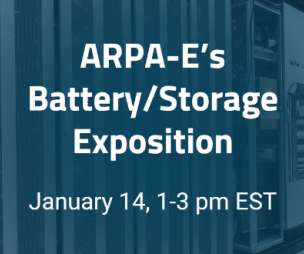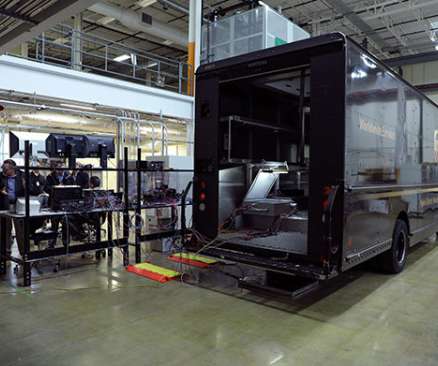ARPA-E Battery/Storage Exposition 14 Jan
Green Car Congress
JANUARY 1, 2021
This event will feature pitches from a select group of ARPA-E teams developing energy storage technologies. ARPA-E has run and is running a number of programs directly related to energy storage. These include: AMPED (Advanced Management and Protection of Energy Storage Devices).














Let's personalize your content